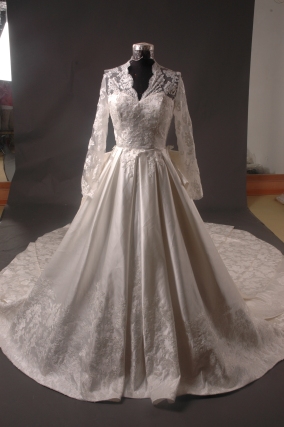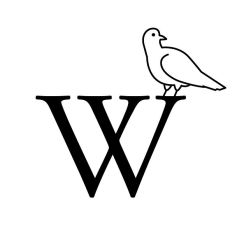I haven’t posted in a long time due to all the studio art courses I’ve been taking in preparation for graduate school. But it was all worth it because in March, I was invited to interview at the Winterthur/University of Delaware Program in Art Conservation (WUDPAC)! I started to read a few different blog posts about people’s experiences interviewing at the various programs and frankly, some of them really terrified me. My stomach would start to churn, and I finally decided to put all of those posts out of my head as I prepared for my interview.
When I went to WUDPAC in April, I had such a great experience! I was so nervous, but the day went really well, and I felt like I needed to write about it so there were some positive stories out there.
I interviewed on a Monday, so I flew in Sunday morning. I had really great hosts who picked me up from the airport. We went back to their apartment and basically spent the day trying to calm me down. We took a relaxing walk in the beautiful Brandywine State Park where I saw a beautiful abandoned paper mill, chatted about their interview experiences, and made dinner. I went to bed early since we had to be on campus at 7:30 am.
The day started with a 45 minute talk by Debbie Hess Norris, the chair of the program. She went over the basics of the program, the curriculum, and the faculty. She was so warm and friendly, it really put me at ease. After the talk, we took the chemistry test. I had been told not to stress out too much about the test because it had probably been a while since everyone had their chemistry. I felt really confident about the general chemistry questions but some of the organic chemistry questions I completely guessed on.
After that, the interviews started. I was the second to last interview of the day, so I had a long time to wait. I was first taken on a tour of all of the different labs, where I also met the second years in each discipline. This was one of the most informative parts of the tour. All of the students emphasized how their advisers chose very diverse projects that were tailored to their interests.
I also spent some time in the break room, where there were copious amounts of food and where the first and second years hung out. It was a great way to meet the other students in the program and get a sense of what it’s like to study there and how I would fit in.
At some point I did my drawing test, which consisted of sitting in a small room in front of a still-life. I had twenty five minutes to draw the whole still-life – and no eraser! I really did not feel good about my drawing and hated that other people were going to look at it but after talking to students later, it sounds like no one felt comfortable with their drawing!
I also did a color test which is similar to this color test online. This was the easiest test and only took ten or fifteen minutes. I felt great about this one!
I then did a thirty minute writing response to a prompt I was given. The prompt was fairly straightforward since it’s personal and about an experience you’ve had. I also felt pretty good about this and was happy to get all the tests over with!
Finally, it was time for my interview. My stomach was in knots, but I was also happy to get it over with. Debbie came to get me, and I walked to the interview room with her. She’s an extremely nice person and really put me at ease. Once were in the room, someone took my studio art and started laying it on the table for me. My presentation was loaded on the projector, and I was ready to start. They tell you that you probably won’t get through your whole presentation because the committee interjects with questions. I started speaking and got many questions. Most of them were easy and what I expected – why did I choose that method, why did I use that material, etc. A couple questions threw me off, mostly because of nerves, but in general I felt really prepared. After my presentation, the committee looked at my studio art while I chose an object to do a verbal condition report on. I chose a print, since that’s what I felt most comfortable with, and I was asked simple questions about it – what damage did I see, how would I treat it, what would I tell a curator about exhibiting the piece, etc. Having worked in conservation labs, these were all easy questions to answer. The interview ended with some more questions about my experiences and activities outside of the labs. I said thank you and left feeling elated!
My experience at WUDPAC was really great. I never felt intimidated or uneasy. I was nervous, of course, but everyone around me was very warm and inviting. I am excited to say that I was accepted into the program and will be joining the Class of 2016 in the fall!
















